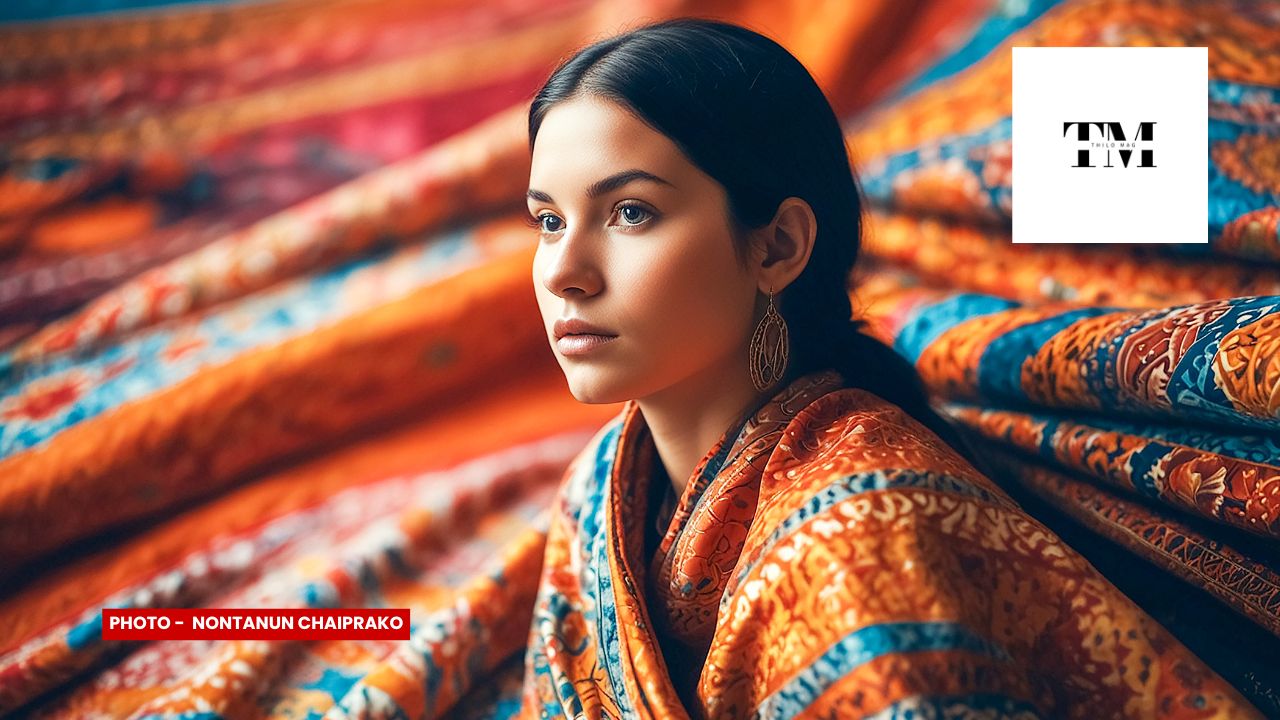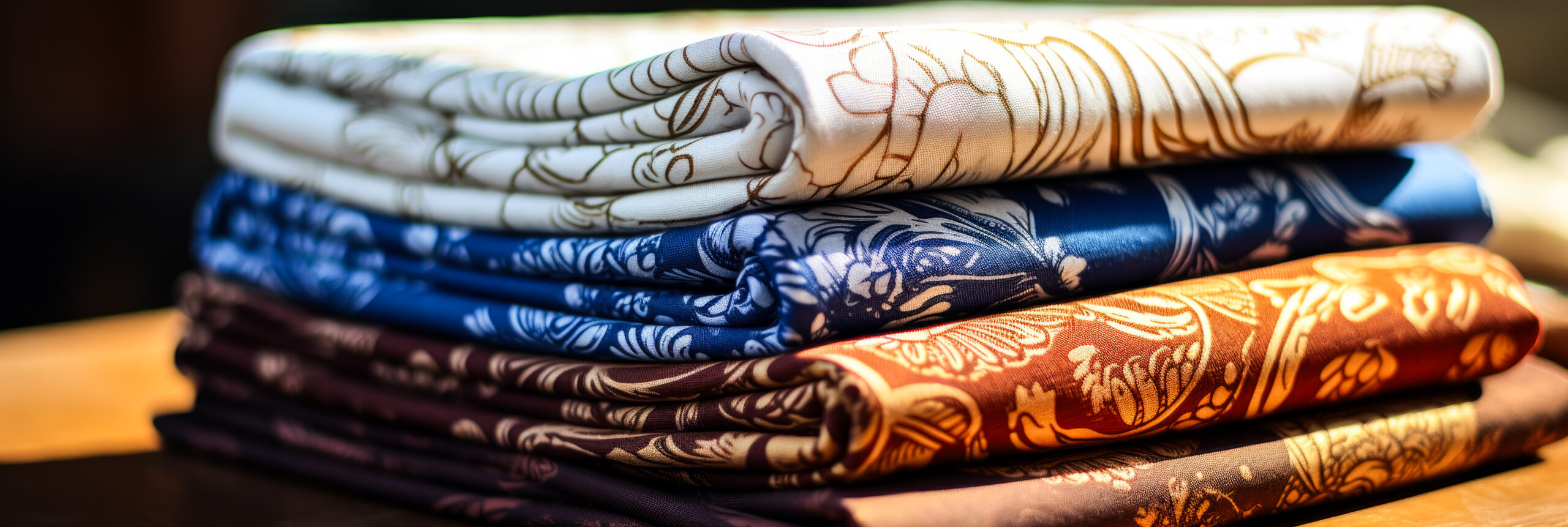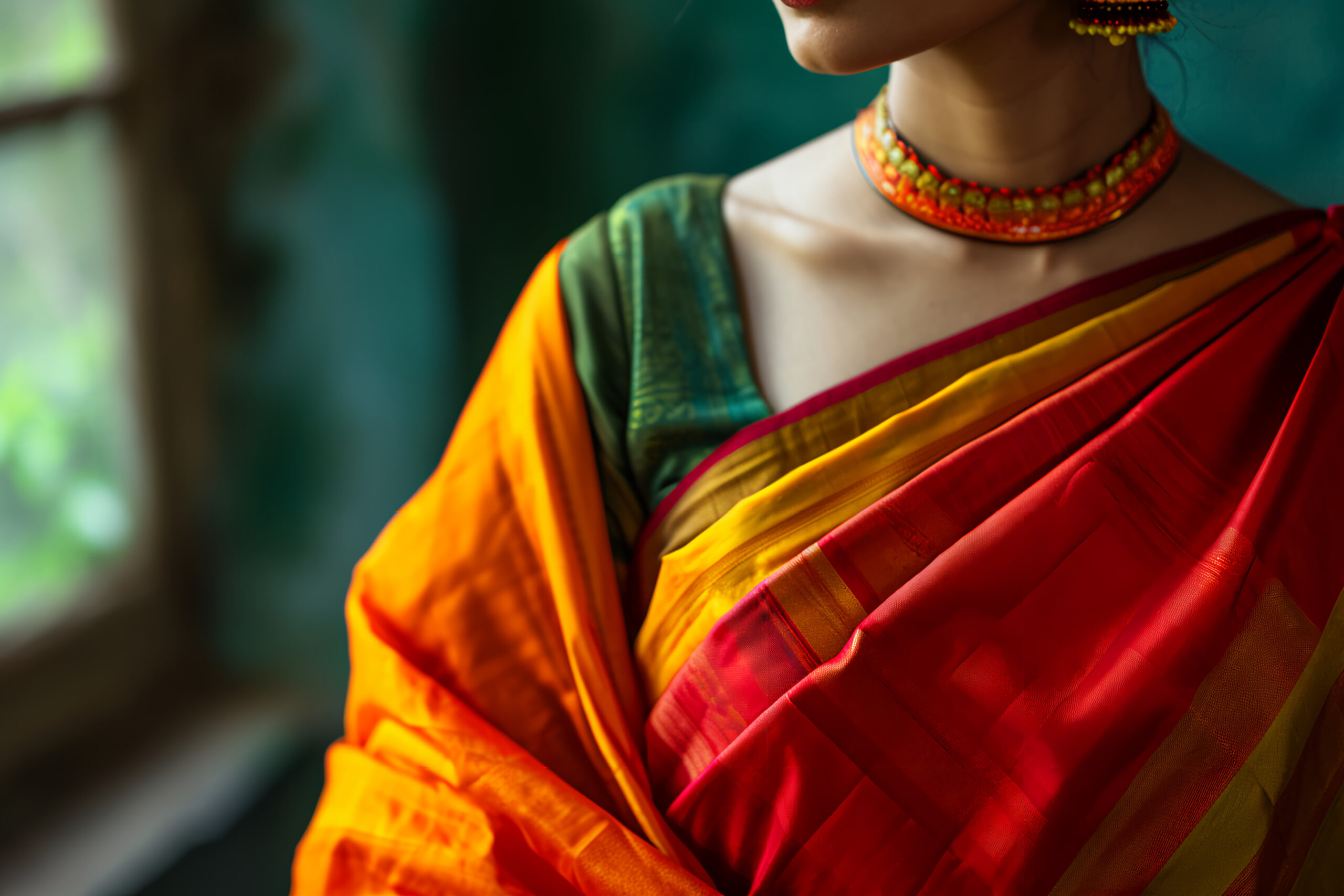Weaving Time: The Revival of Handloom Fashion across Continents
By Thiloththama Jayasinghe - Journalist
ccc


Ancient Threads, Modern Vision
Once considered a vanishing art, handloom weaving is experiencing an unexpected renaissance across continents. From the dusty looms of rural Sri Lanka to vibrant studios in Ghana and Peru, a new generation of designers is picking up the thread — not to replicate the past, but to reimagine it.
These modern artisans aren’t simply preserving a craft; they’re revolutionizing it with color, structure, sustainability, and most importantly, cultural pride.
Sri Lanka: Weaving Through Generations
In the heart of Dumbara Valley, 27-year-old designer Nadeesha Liyanage is transforming traditional dumbara mats into luxury handbags and jackets. “Our weavers are our storytellers,” she says. “Each pattern carries a symbol — rain, harvest, unity.”
Her label, Kavi Threads, collaborates with older village weavers, while training young women in contemporary design. The result? Bold, minimal pieces that carry ancestral soul.

India: From Kanchipuram to Catwalk
In Chennai, the Kanchipuram silk saree — long reserved for ceremonies — has been reworked into capes, trousers, and co-ord sets by upcycling label ReWeave India. Founders Aakash and Trisha pair centuries-old motifs with urban silhouettes, making tradition wearable.
“It’s not about nostalgia,” says Aakash, “It’s about relevance.”
Ghana: Kente for the Culture
In Ghana, the iconic Kente cloth has always been regal, but now it’s also runway. Young creatives like Kwabena Adjei are merging Kente’s powerful patterns with streetwear, sneaker culture, and Afro-futurist aesthetics.
“This is not retro,” Kwabena smiles. “This is evolution.”
Peru: Alpaca, Identity, and Innovation
Peru’s Andes Mountains are alive with the rhythmic clack of wooden looms. Here, indigenous communities weave vibrant textiles from alpaca wool, each color holding ancestral significance.
Designers like Sofia Cueto are working hand-in-hand with Quechua artisans to create sustainable collections that respect both craft and land. Her line, Piedra Luz, doesn’t just sell clothes — it tells stories of land, sky, and spirit.
The Global Pattern
What unites these movements is not just artistry, but intentionality. In a world of fast fashion and fading roots, these handloom revivals feel radical. They honor slowness. They respect elders. And they give culture a chance to speak — not in museums, but in closets.
As fashion turns back to its origins, perhaps the future really is woven by hand.

